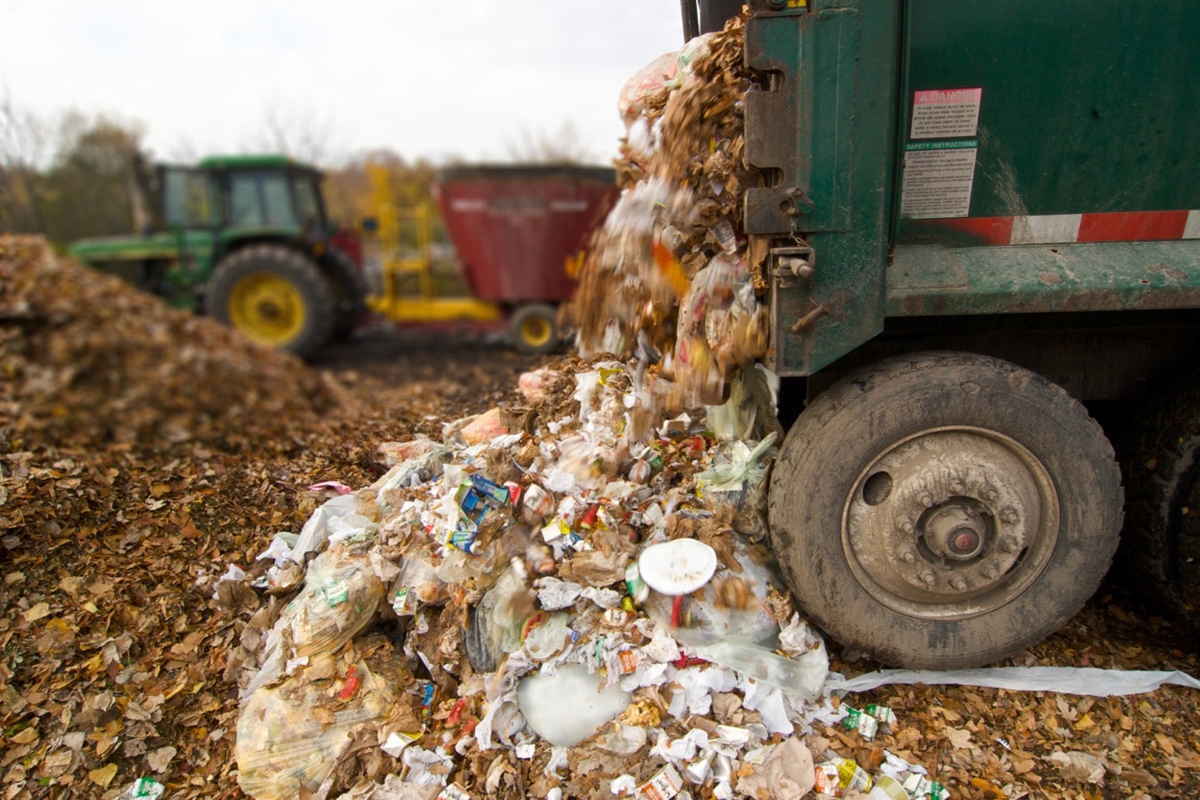Food waste; newest climate change target in California
California dumpsters will soon be clear of banana peels, chicken bones, and leftover veggies, as part of the fight against climate change.
-

California takes on food waste
Under the nation’s largest mandatory food waste recycling program, set to come into force in January, food waste, from banana peels to chicken bones and leftover veggies, will no longer be found in dumpsters in California.
The effort is designed to rid landfills of food waste that harms the atmosphere as it breaks down, as a result of releasing methane; a greenhouse gas more potent and damaging in the short term than carbon emissions from fossil fuels.
As part of combatting the climate crisis and avoiding these emissions, California is set to start converting residents’ food waste into compost or energy, becoming the second state in the US to do so after Vermont.
Most people in California will be required to put excess food in green waste bins rather than the trash. Municipalities will then gather the cans and turn the food waste into compost or use it to create biogas.
“This is the biggest change to trash since recycling started in the 1980s,” said Rachel Wagoner, director of the California Department of Resources Recycling and Recovery.
“There’s just no reason to stick this material in a landfill, it just happens to be cheap and easy to do so,” said Ned Spang, faculty lead for the Food Loss and Waste Collaborative at the University of California, Davis.
Set goals; will they succeed in curbing the climate crisis?
California’s law stipulates that by 2025 the state must cut organic waste in landfills by 75% from 2014 levels, i.e. from about 23 million tons to 5.7 million tons.
The state also set a 2025 goal of diverting 20% of food that usually goes into landfills and transforming it into edible food to feed people in need. To this end, supermarkets, hotels, restaurants, hospitals, schools, and large event venues must start donating their excess food at some point.
The donation part of California’s law will contribute to cutting food waste in half by 2030.

 2 Min Read
2 Min Read









